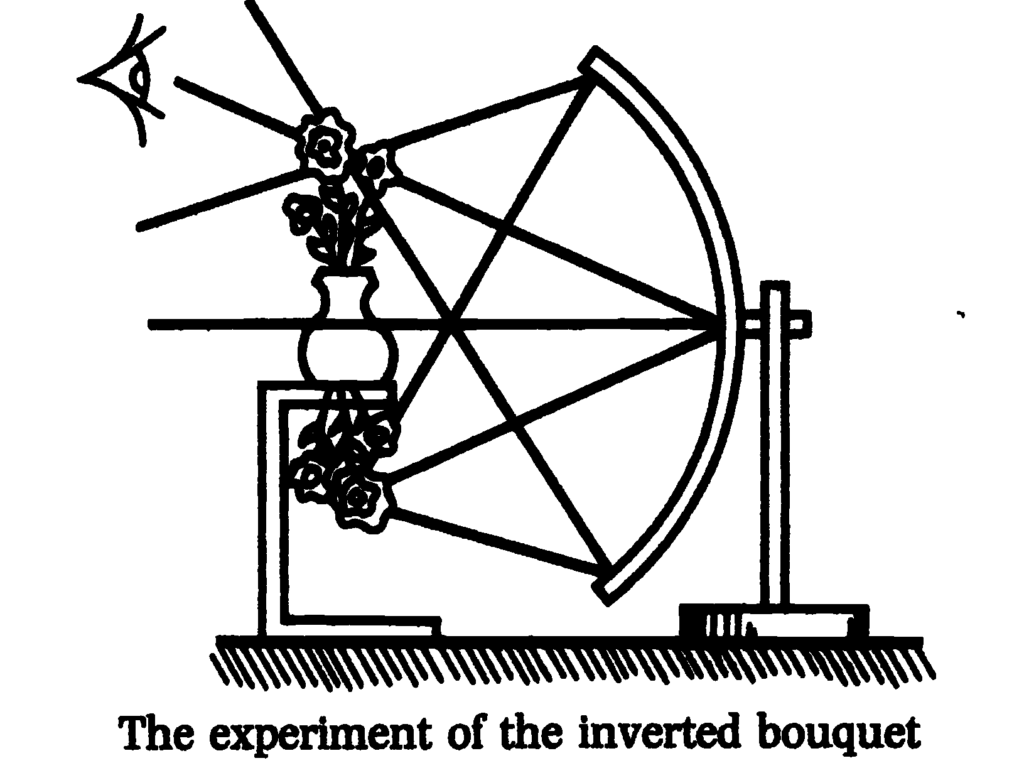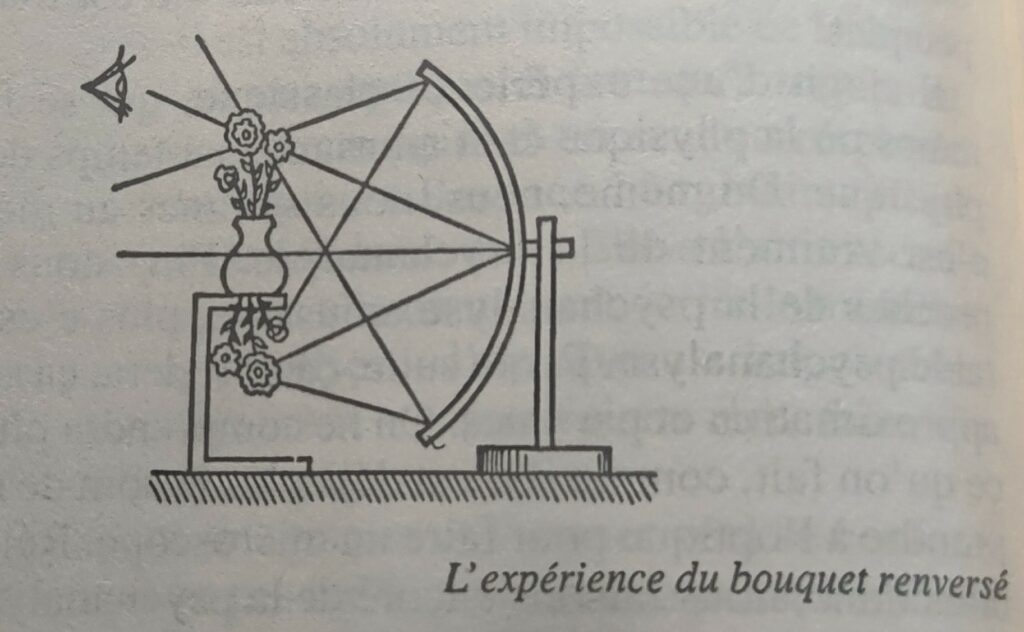Note on Proposition XVII
Baruch Spinoza, Ehics (1677), Hafner Publishing Company, New-York, 1949, pp. 97-98
But in order that we may retain the customary phraseology, we will give to those modifications of the human body, the ideas of which represent to us external bodies as if they were present, the name of images of things, although they do not actually reproduce the forms of the things. When the mind contemplates bodies in this way, we will say that it imagines. Here I wish it to be observed, in order that I may begin to show what error is, that these imaginations of the mind, regarded by themselves, contain no error, and that the mind is not in error because it imagines, but only in so far as it is considered as wanting in an idea which excludes the existence of those things which it imagines as present. For if the mind, when it imagines non-existent things to be present, could at the same time know that those things did not really exist, it would think its power of imagination to be a virtue of its nature and not a defect, especially if this faculty of imagining depended upon its own nature alone, that is to say (Def. 7, pt. 1), if this faculty of the mind were free.
Scholie. Proposition XVII
Baruch Spinoza, Ethique (1677), Trad. Saisset 1849, Spinoza et Nous, 2002, p. 55
Or ces affections du corps humain, dont les idées nous représentent les corps extérieurs comme nous étant présents, nous les appellerons, pour nous servir des mots d’usage, images des choses, bien que la figure des choses n’y soit pas contenue. Et lorsque l’âme aperçoit les corps de cette façon, nous dirons qu’elle imagine. Maintenant, pour indiquer ici par avance en quoi consiste l’erreur, je prie qu’on prenne garde que les imaginations de l’âme considérées en elles-mêmes ne contiennent rien d’erroné ; en d’autres termes, que l’âme n’est point dans l’erreur en tant qu’elle imagine, mais bien en tant qu’elle est privée d’une idée excluant l’existence des choses qu’elle imagine comme présentes. Car si l’âme, tandis qu’elle imagine comme présentes des choses qui n’ont point de réalité, savait que ces choses n’existent réellement pas, elle attribuerait cette puissance imaginative non point à l’imperfection, mais à la perfection de sa nature, surtout si cette faculté d’imaginer dépendait de sa seule nature, je veux dire (par la Déf. 7, partie 2) si cette faculté était libre.
Baruch Spinoza, Ethique (1677), Trad. Saisset 1849, Spinoza et Nous, 2002, p. 55

